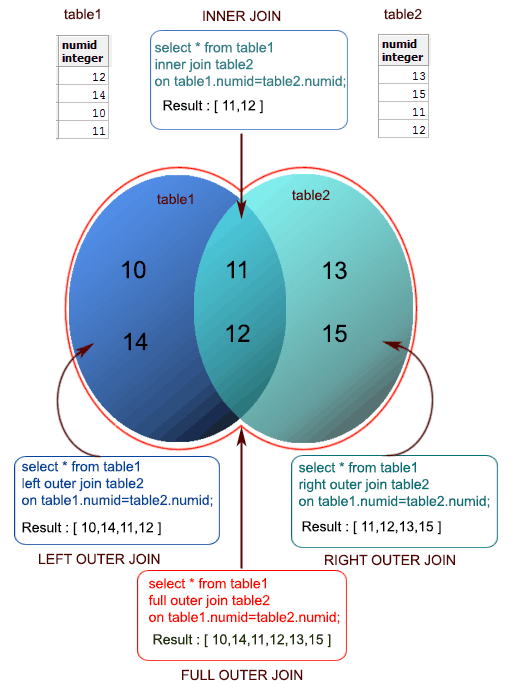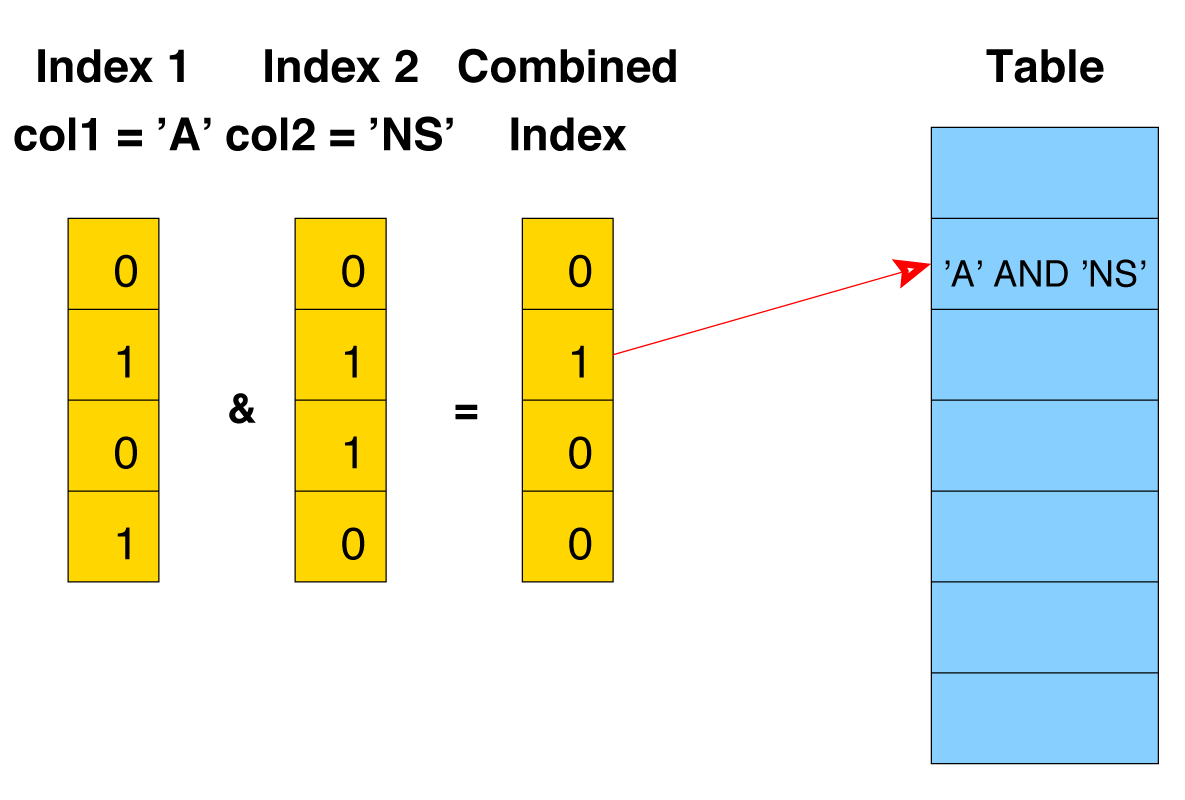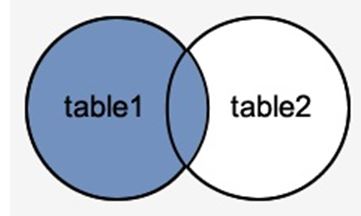

#Postgresql joins full#
FROM table1 FULL OUTER JOIN table2 ON conditional_expression. The following is the syntax of FULL OUTER JOIN −

In addition, for each row of T2 that does not satisfy the join condition with any row in T1, a joined row with null values in the columns of T1 is added. Then, for each row in table T1 that does not satisfy the join condition with any row in table T2, a joined row is added with null values in columns of T2. Testdb=# SELECT EMP_ID, NAME, DEPT FROM COMPANY RIGHT OUTER JOIN DEPARTMENTįirst, an inner join is performed. FROM table1 RIGHT OUTER JOIN table2 ON conditional_expression. The following is the syntax of RIGHT OUTER JOIN − This is the converse of a left join the result table will always have a row for each row in T2. Then, for each row in table T2 that does not satisfy the join condition with any row in table T1, a joined row is added with null values in columns of T1. Testdb=# SELECT EMP_ID, NAME, DEPT FROM COMPANY LEFT OUTER JOIN DEPARTMENTįirst, an inner join is performed. īased on the above tables, we can write an inner join as follows − FROM table1 LEFT OUTER JOIN table2 ON conditional_expression. The following is the syntax of LEFT OUTER JOIN − Thus, the joined table always has at least one row for each row in T1.

In case of LEFT OUTER JOIN, an inner join is performed first. SQL standard defines three types of OUTER JOINs: LEFT, RIGHT, and FULL and PostgreSQL supports all of these. The OUTER JOIN is an extension of the INNER JOIN. Testdb=# SELECT EMP_ID, NAME, DEPT FROM COMPANY INNER JOIN DEPARTMENT ON mon_filed = mon_field īased on the above tables, we can write an INNER JOIN as follows − The following is the syntax of INNER JOIN − When the join-predicate is satisfied, column values for each matched pair of rows of table1 and table2 are combined into a result row.Īn INNER JOIN is the most common type of join and is the default type of join. The query compares each row of table1 with each row of table2 to find all pairs of rows, which satisfy the join-predicate. The above given query will produce the following result −Ī INNER JOIN creates a new result table by combining column values of two tables (table1 and table2) based upon the join-predicate. Testdb=# SELECT EMP_ID, NAME, DEPT FROM COMPANY CROSS JOIN DEPARTMENT īased on the above tables, we can write a CROSS JOIN as follows − The following is the syntax of CROSS JOIN − Because CROSS JOINs have the potential to generate extremely large tables, care must be taken to use them only when appropriate. If the input tables have x and y columns, respectively, the resulting table will have x+y columns. INSERT INTO DEPARTMENT (ID, DEPT, EMP_ID)įinally, we have the following list of records available in DEPARTMENT table −Ī CROSS JOIN matches every row of the first table with every row of the second table. Here is the list of INSERT statements to populate DEPARTMENT table − +-+-+-+-+-Īnother table is DEPARTMENT, has the following definition − Id | name | age | address | salary | join_date So just let us assume the list of records available in COMPANY table − We already have seen INSERT statements to populate COMPANY table. A JOIN is a means for combining fields from two tables by using values common to each.īefore we proceed, let us consider two tables, COMPANY and DEPARTMENT. The PostgreSQL Joins clause is used to combine records from two or more tables in a database.


 0 kommentar(er)
0 kommentar(er)
